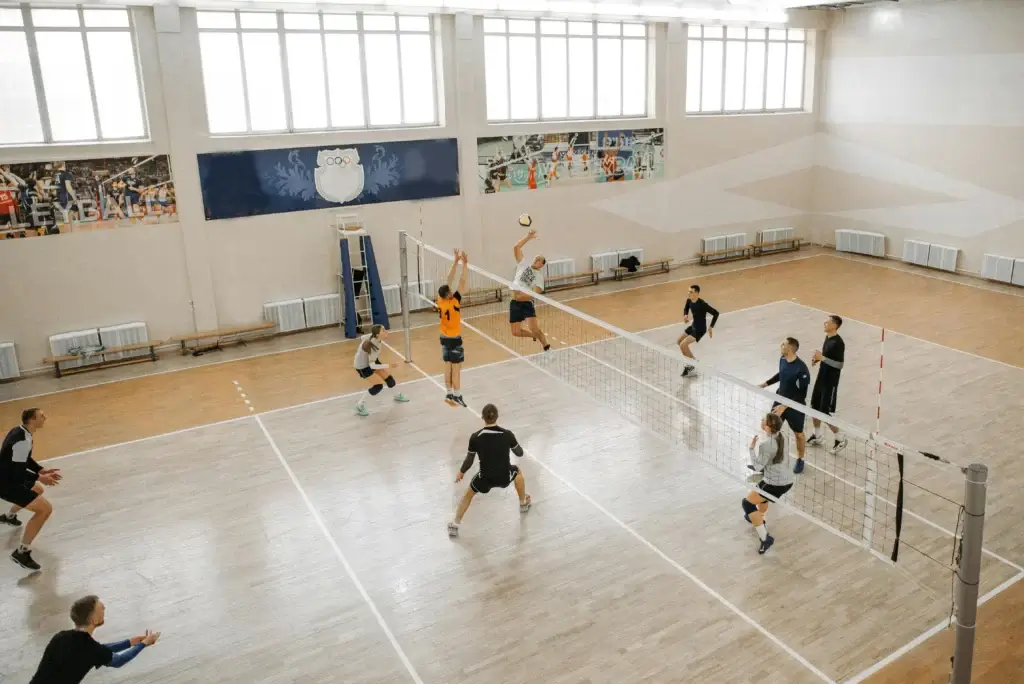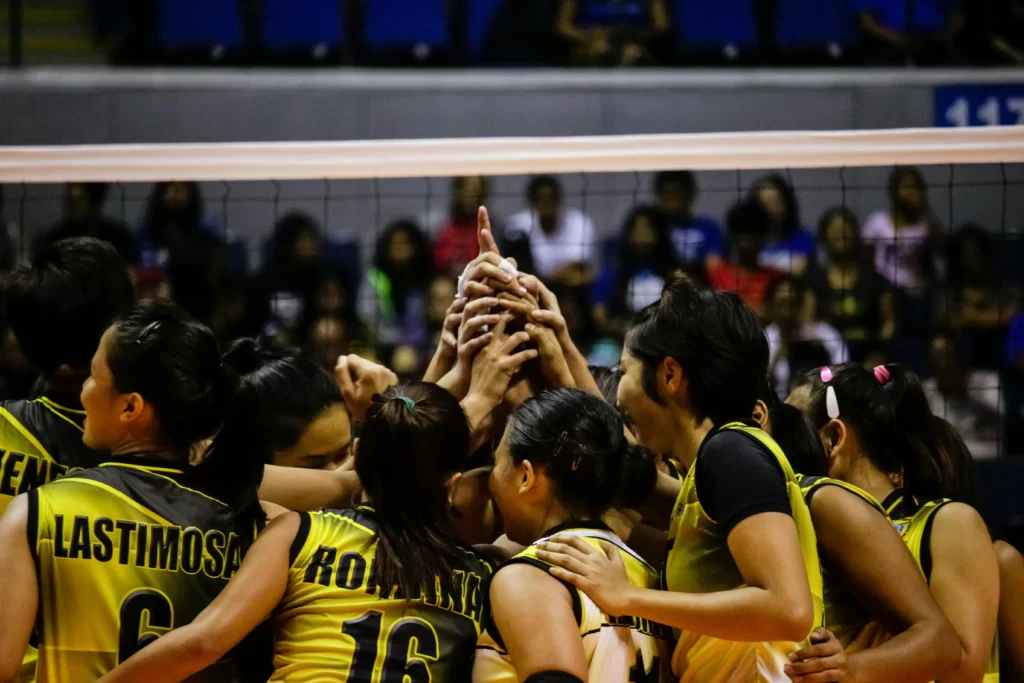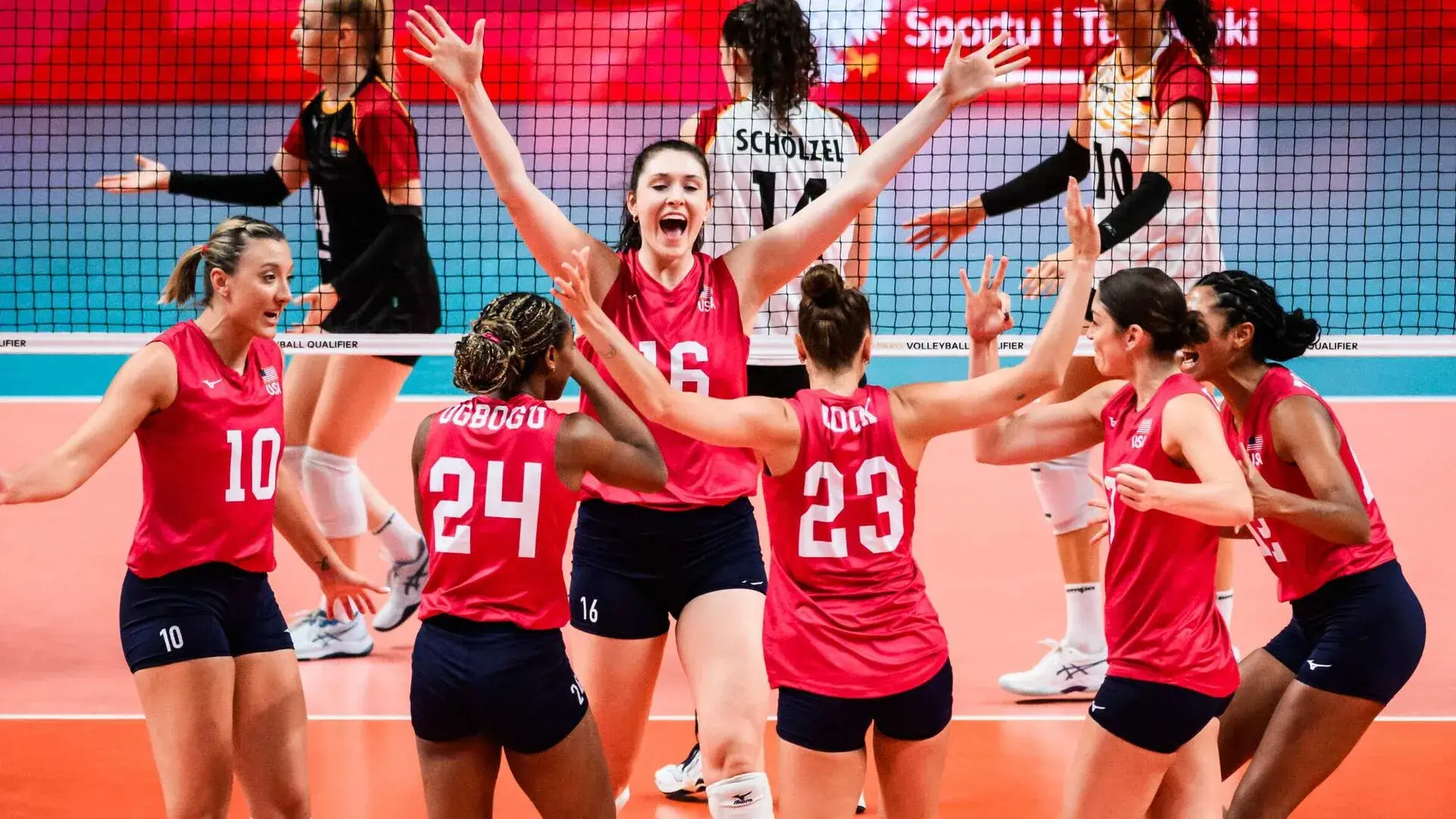Volleyball is one of the most dynamic team games that has captivated millions of people around the world. But how many people does it take to put on this exciting show? The answer to this question seems simple and obvious, but do you really know how many players are on the court in volleyball and why? The secret lies not only in the rules, but also in the long history of the evolution of this sport, in the tactics and strategies that have emerged due to changing demands and conditions.
The team in action: how many players are in volleyball and what do they do
A volleyball team consists of six athletes on the court: the team includes players with different roles, and each of them performs a unique function aimed at the overall success. The classic lineup includes a setter, two attackers, two spikers, one libero and a middle blocker.

Here are how many players are in volleyball and their roles:
- The setter is the brain of the team. He determines who exactly to pass to, directing the game so that the attack is as effective as possible.
- The outside hitters are universal soldiers who receive the serve and organize attacks.
- The middle blocker is responsible for blocking the opponent’s attacks and creates walls for defense.
- The libero is a defensive player, his job is to ensure reception and prevent mistakes when receiving the serve.
These six heroes act synchronously, like clockwork, each fulfilling his mission. The importance of distributing roles in a team cannot be overestimated: a correct understanding of their task allows each athlete to reveal their potential and achieve maximum results on the court.
The minimum and maximum number of players in volleyball: what the rule says
Volleyball is a strictly organized game, but there is a certain flexibility in the rules. There must be exactly six players on the court on each side, but there are situations when deviations are possible. For example, in case of injuries or a shortage of participants, a team can play even with four. But this is an extreme case in which the strategy completely changes: everyone must perform several roles at once, which requires versatility.
On the other hand, the maximum number on the court remains the same – six, but the application for a match can include more athletes, as substitutions play a critical role. Additional players are needed in different situations:
- If a player gets injured, a substitution allows the game to continue without losing quality.
- Athletes can get tired, especially in intense games. Substitution helps maintain a high energy level on the court.
- Strategic substitutions. Coaches can change volleyball players to adapt tactics depending on the opponent’s actions.
- If a player is not coping with the tasks, a substitution allows the team to improve its performance.
The right number helps maintain the rhythm of the games, control fatigue and maintain intensity throughout the match.
Rules and substitutions: how and why players are changed in volleyball
 Substitution is an opportunity to change the course of the game, to adapt to the circumstances on the court. According to the rules, each team has the right to six substitutions per set, and coaches use this opportunity to adapt to the opponent’s tactics or to give leaders a rest.
Substitution is an opportunity to change the course of the game, to adapt to the circumstances on the court. According to the rules, each team has the right to six substitutions per set, and coaches use this opportunity to adapt to the opponent’s tactics or to give leaders a rest.
For example, the libero cannot be replaced by anyone other than a defender. This approach helps maintain balance and not disrupt the defensive strategy. Substitutions also allow coaches to change the tempo of the games, introducing fresh forces when the team begins to tire or lose concentration. This fine-tuning of the team mechanism requires deep intuition and experience.
Tactics and strategies: player placement in volleyball
Each of the six players in volleyball performs a strictly defined function, but how they interact with each other depends on the chosen method. Player placement tactics in volleyball vary depending on the team style and strategy for a particular match. For example, the 5-1 formation involves one setter and five attackers, which makes the attack as variable as possible.
Another option is the 4-2 formation, where two players act as setters, which increases the number of quick passes and makes the process more unpredictable for the opponent, but reduces the attacking potential. Tactical decisions often change throughout the match, depending on the current score and the opponent’s actions.
The six athletes on the court are constantly moving, changing positions after each serve. This movement is the key to each player effectively using their strengths in different parts of the court. This system requires discipline and precise coordination, which makes volleyball a truly team sport.
Volleyball tournaments and team size
In volleyball tournaments, the number and correct distribution of roles between team members are key factors for success. At international competitions, such as the Olympic Games or World Championships, attention to the composition is of great importance. Coaches select athletes based on their current physical condition, compatibility with the rest of the team, and their ability to perform specific tactical tasks.
For example, at the national team level, you can often find players who specialize exclusively in defense or attack. This allows the team to become more specialized and, therefore, more effective in implementing its tactical plans. In amateur tournaments, the approach is different: universal athletes who can perform several tasks are valued much more, since their flexibility helps to cope with unexpected situations on the court.

Conclusion
 So how many players in volleyball take the court? Six. But behind that number is a whole system of tactics, strategy, history and evolution. Volleyball is a team game where everyone has an important role to play. From the liaison directing the attack to the libero protecting the back line, they all work together to create what we see in tournaments and courts around the world.
So how many players in volleyball take the court? Six. But behind that number is a whole system of tactics, strategy, history and evolution. Volleyball is a team game where everyone has an important role to play. From the liaison directing the attack to the libero protecting the back line, they all work together to create what we see in tournaments and courts around the world.
 en
en  ru
ru  de
de  ar
ar  es
es  hi
hi  fr
fr  nl
nl  it
it  pt
pt  el
el 



